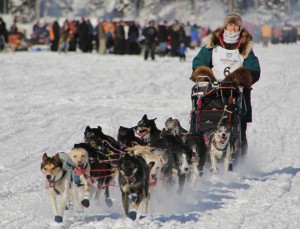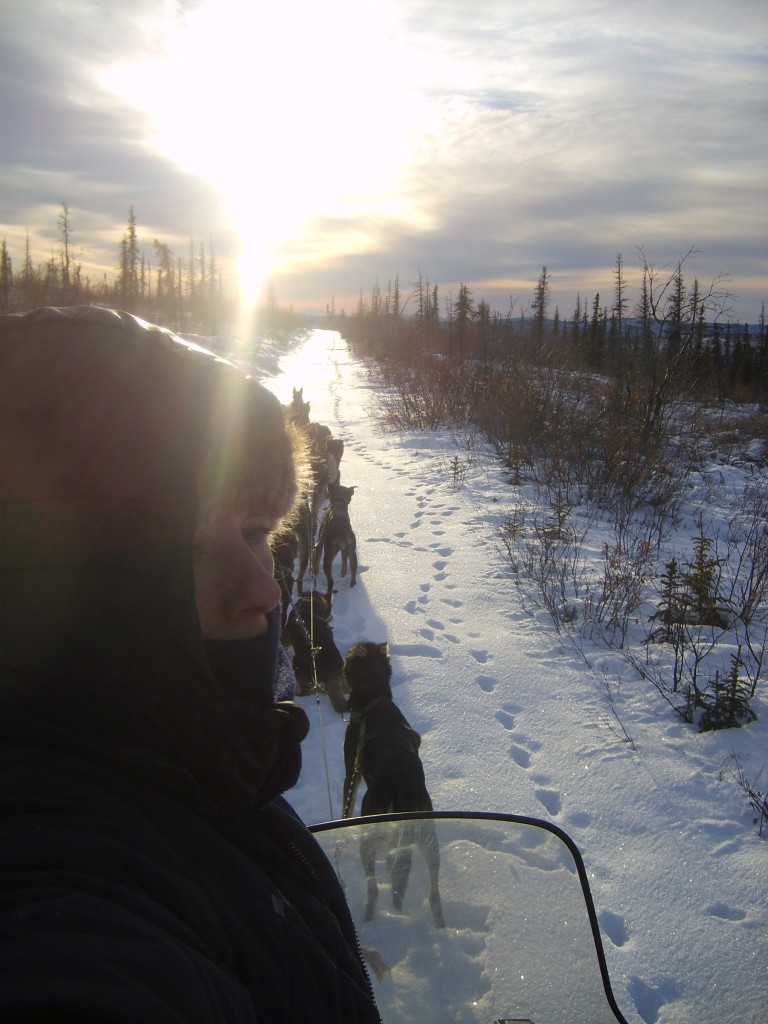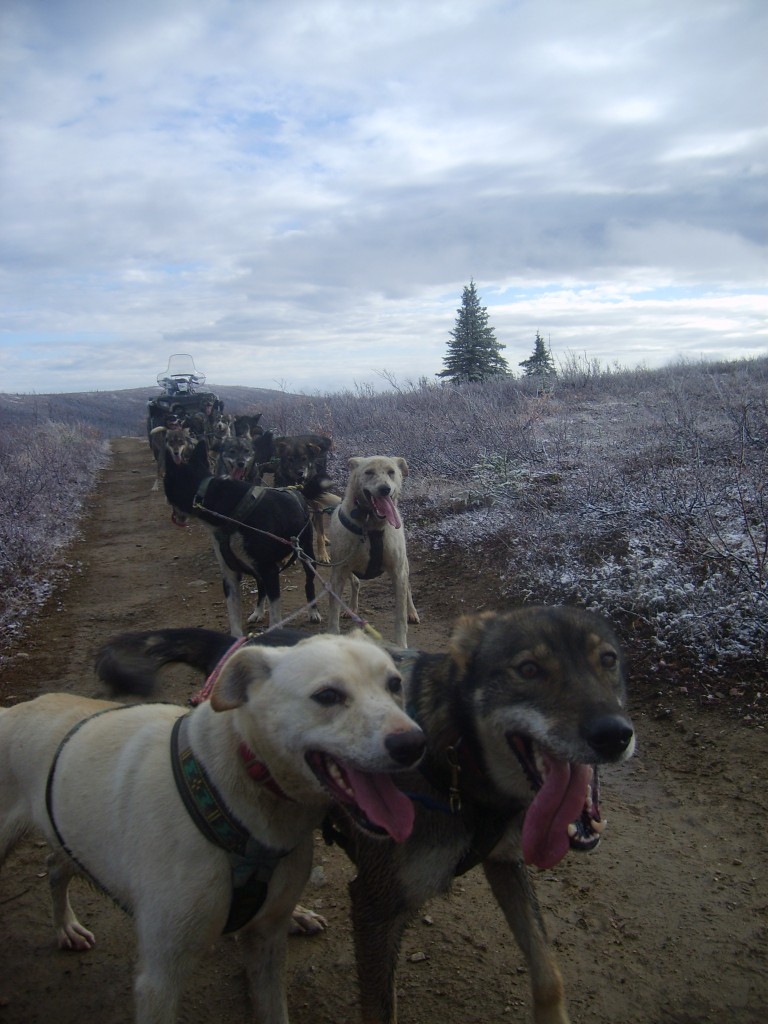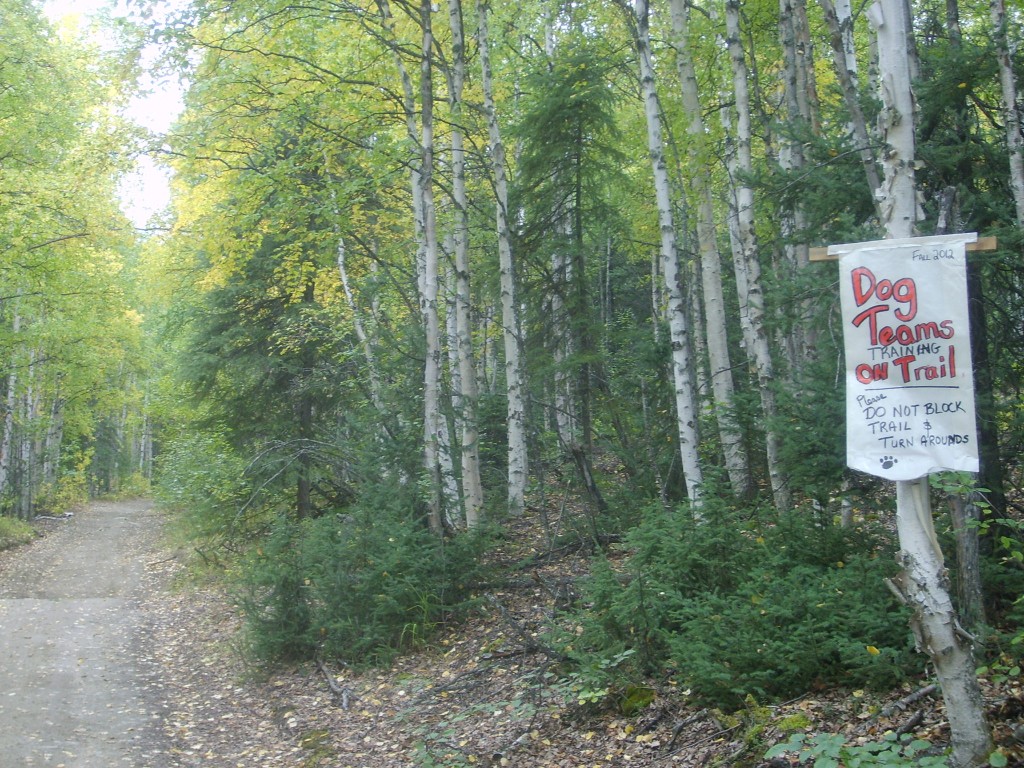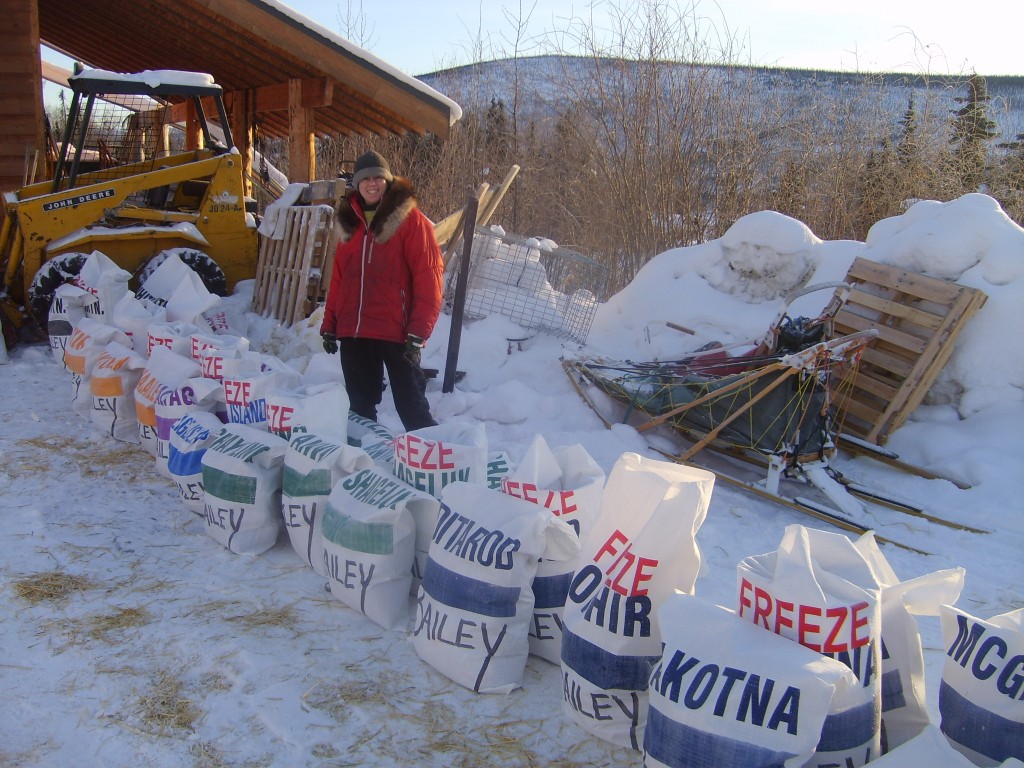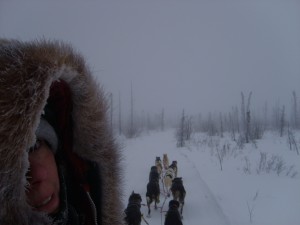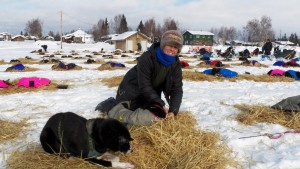At Dew Claw we love that so many teachers are using Mushing, Alaska, and the Iditarod to inspire and engage students in the classroom. One of the more popular projects is to write letters to mushers, and every year we receive our fair share. It is always fun to read the kids questions and words of encouragement. And we make a point of sending every kid who includes a self addressed stamped envelope a reply. But to be honest the amount of time it would take to write to each individual kid is a bit daunting, especially when you factor in that this is all happening during the height of race preparation. Which is why I have resorted to the dreaded form letter. I do write a little note to each students on it and sign them by hand, so I hope that makes it kinda better. This year I thought it might be fun to share the letter to students on our blog. That way I could add links to some additional information about some of the topics, and the photos are bigger because it does not all have to fit on 2 pages. So here you have it, the 2013 Dew Claw Student Letter~
————————————————————————————————————-
Thanks so much for taking the time to write to me, very glad you are learning about Alaska and the Iditarod in class. As you might already know the preparation for a 1000 mile race is one of the biggest challenges and is keeping me very busy.
We have a kennel of 40 dogs, which includes the 28 that are in race training, 7 yearlings that are just starting to learn how to run in harness, 3 older retired dogs, and the 2 house pets: Guppy a retired sled dog and Whiskey a miniature pincher who thinks he is a big dog. We also have a cat named Chopper.
We began conditioning the dogs this fall. Starting on a quad, we run teams before there is even snow on the ground. The dogs will have hundreds of miles on them before there is enough snow to use sleds. But this early season training prepares them for when the snow comes and gets them in shape.
Closer to race time there is even more work to be done. Gear must be cleaned and checked to make sure it is in tip top condition. My husband Dan Kaduce makes our sleds, ganglines, and our dog trailer and is in charge of all repairs. We also need to pack all the gear, dog food, human food, and supplies (foot ointment, dog massage balm, sled plastic for the runners) we will need for races ahead of time. Everything is packed in drop bags, large bags that are sent ahead to race checkpoints where mushers can stop, rest, and resupply. This is actually a very important part of racing. You must plan well. Once a race begins you can only get and use what was sent out in your drop bags. The correct amount of food must be sent, along with extra; because you must be ready for any situation. Weather can change, things can go wrong, and you need to have the gear and food to be able to deal with it once you are on the race. You can see how important the planning and preparation is.
Before we can begin Iditarod all our race dogs will get a complete physical exam, including pre-race blood work, and an EKG. These health screening make sure all the canine athletes preparing to run Iditarod are in great condition and healthy. There is a small army of volunteer race vets who come out and help with Iditarod, many are experts in the field of sled dog medicine. It is a great privilege to work with so many talented veterinarians, and over the years I have learned a great deal about how to better care for my team.
See: Iditarod Dog Care Measures & Iditarod Veterinary Center for more info.
Once we are on the trail caring for our team is the first priority. Racing sled dogs need as much as 10,000 calories a day. On average when racing they will eat 3-4 meals a day, along with many many trail snacks. Trail snacks are either pieces of frozen meat, fat chunks, or smaller amounts of pre-soaked kibble. Mushers choose the type of snack they think is best for their dogs under the conditions, and snacks are given every few hours to help maintain the dogs energy and attitude. Read more about the science behind these amazing canine athletes.
Sled dogs wear booties while running on the Iditarod. Not to keep their feet warm, as sled dog already have adaptations that make it easier for them to stay warm in cold arctic climates. The booties are used to protect their feet while they run 1000 miles. Snow may look soft and fluffy, but in reality it can sometimes be harsh and cause rubs on feet, or make snowballs in-between toes. Booties prevent these things from happening. Read more about booties and sled dog feet.
In order to care for our dogs we must care for ourselves. On the trail I eat a diet of nutritious snacks, with some chocolate thrown in for fun. I am also very careful to make sure I am drinking enough water. I carry thermos bottles so I have warm drinks on the trail. I can fill them at checkpoints. Or when I camp I have a special cooker to make hot water from melted snow for the dogs, and I can fill my thermoses with that water so I always have warm fluids to drink. To keep warm mushers dress in layers, lots and lots of layers. I use arctic weight long johns as a base layer, I have a variety of mid layers I can choose from to adjust for conditions, then a heavy parka with synthetic insulation and a fur ruff, lastly I have a large wind coat that covers my top half. I have a wonderfully warm hat made of shed dog hair spun with wool and lined with beaver fur. And a large pair of beaver mitts to keep my hands warm. In the harshest most extreme winter conditions I have never found a substitute for real fur when it comes to keeping warm; and my ruff, hat, and mitts are key survival elements when I am actually out in arctic storms.
It is important that people understand that although we travel in harsh conditions that dogs are well equipped for it. Along with their natural adaptations that help keep them warm, we carry insulated dog coats they can wear while running in storms, or while camping just to make them more comfortable. Learn more about what mushers carry in their sleds.
Although I have not picked the final 16 who will run Iditarod with me I am choosing from the following amazing Dew Claw race dogs: Guetknecht, Ribdon, Orchid, Sparrow, Chase-um, Carrot, MK, Lubbock, Sweet Pea, Thistle, Cricket, Spyder, Squirrel, Topaz, Pepsi, Wizard, Bluebarb, and the following dogs from our friend Jay Cadzow’s kennel who we have been working with Galaxy, Evalet,& Big Dude.
Thanks again for your letter, I hope you enjoy following the Iditarod.
You can learn more at my blog: http://dewclawkennelcom.ipage.com/blog/

